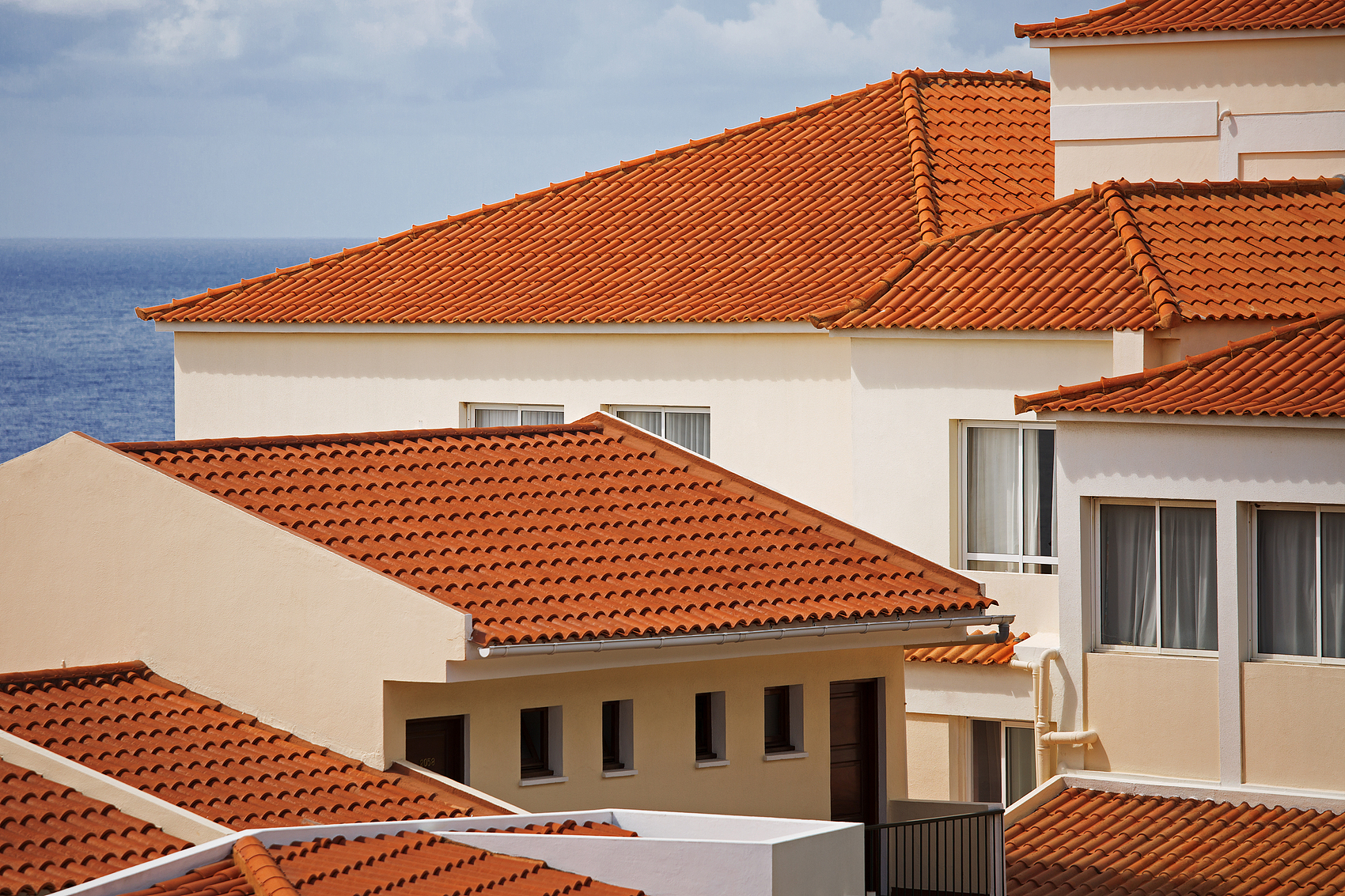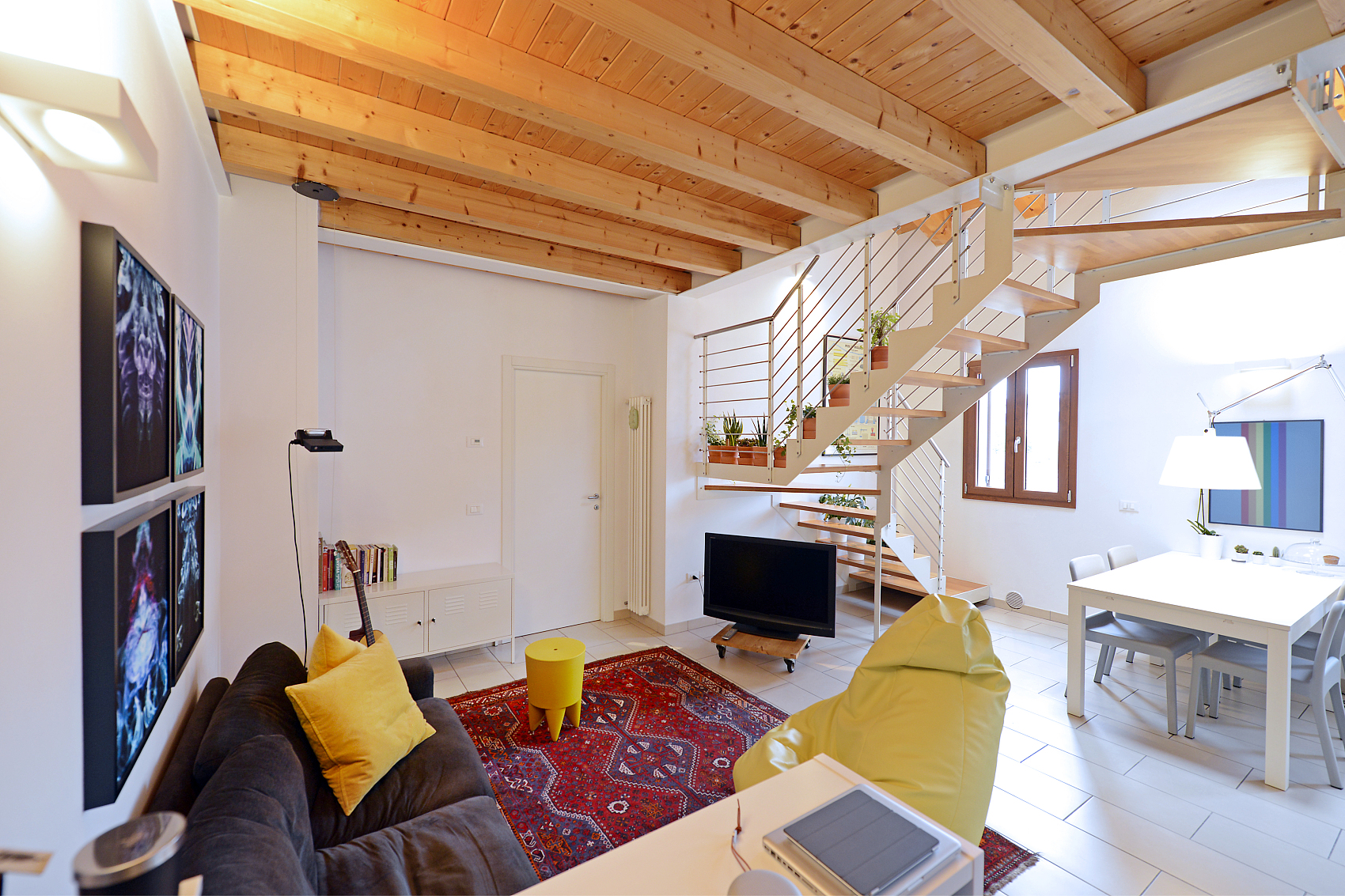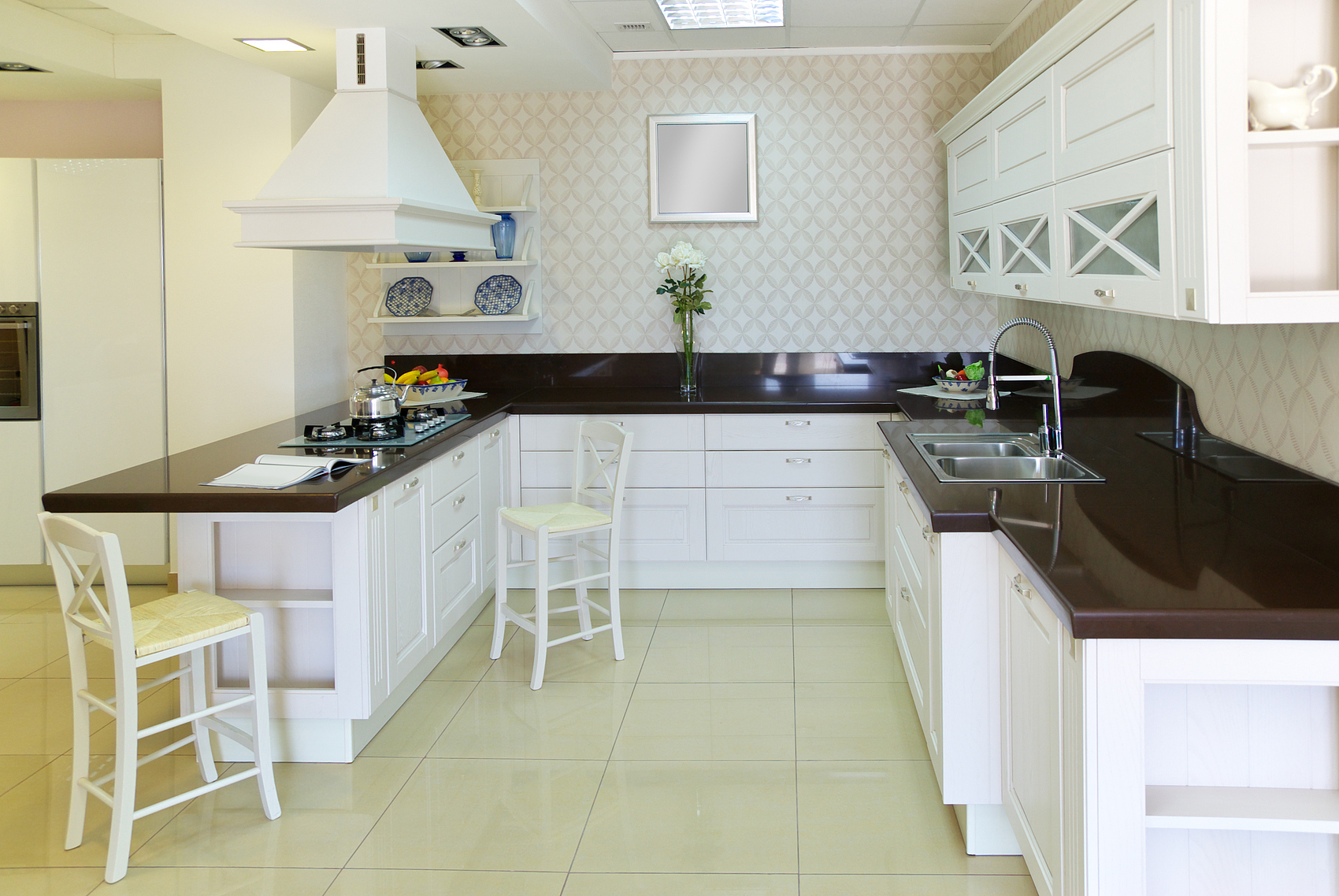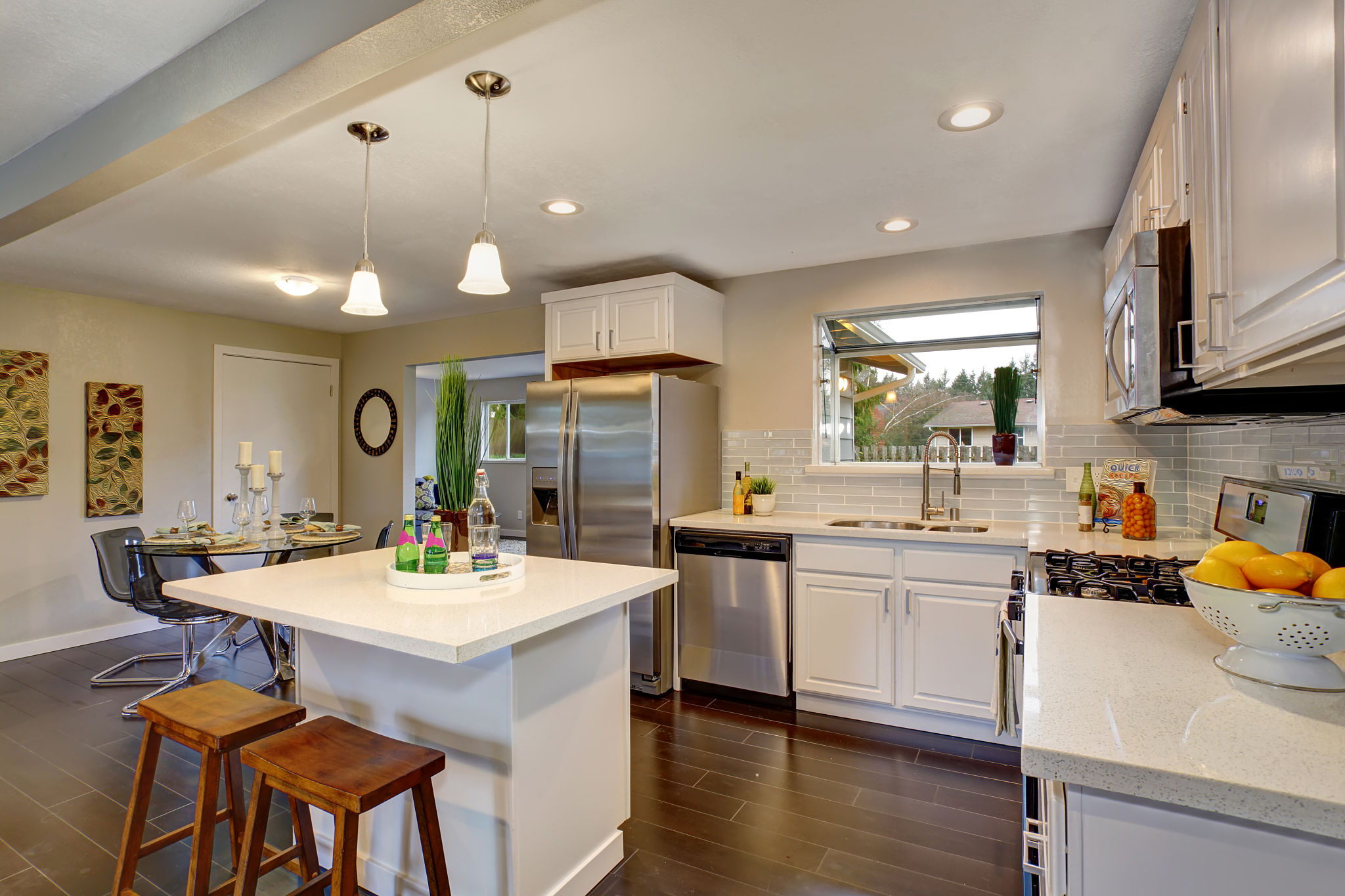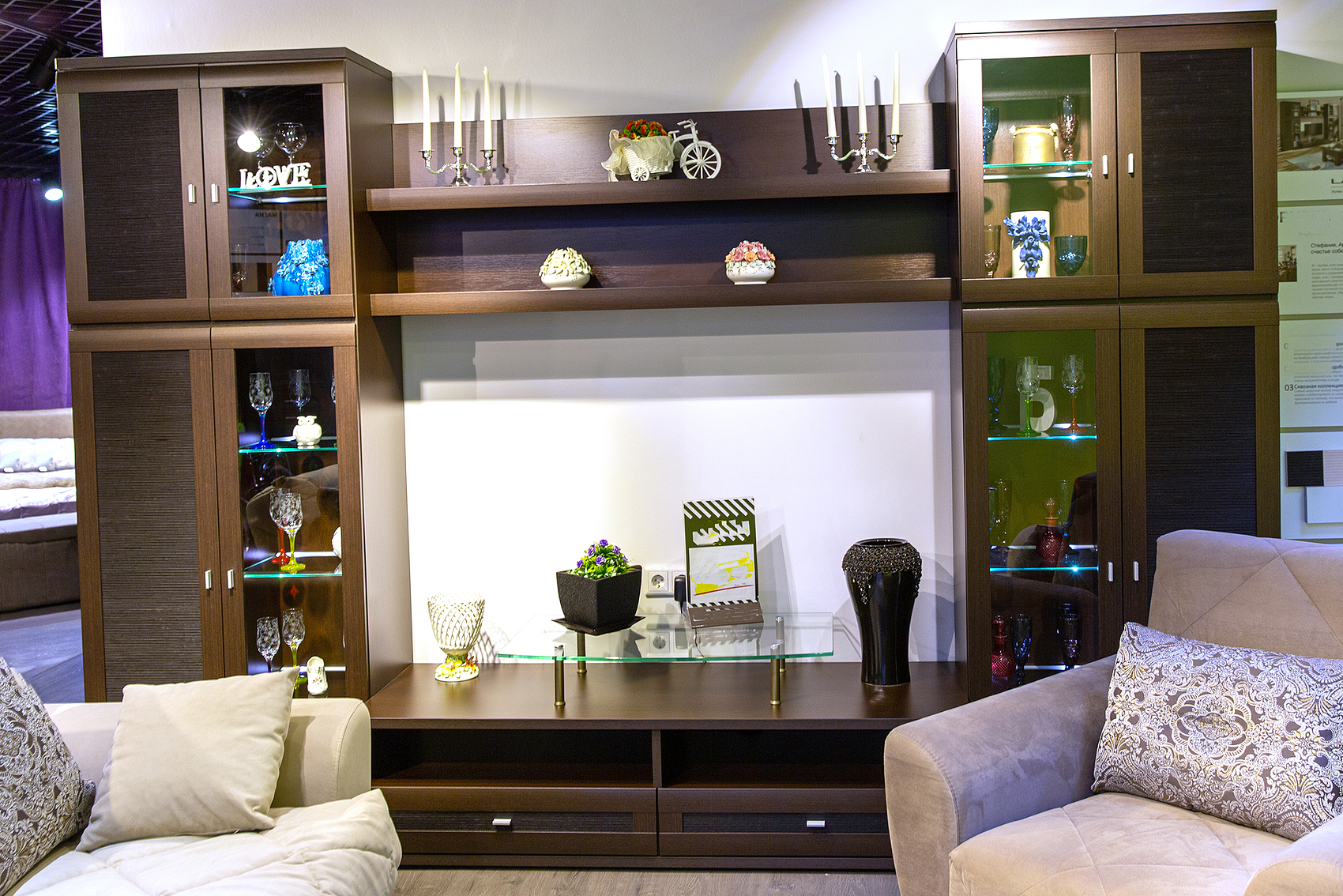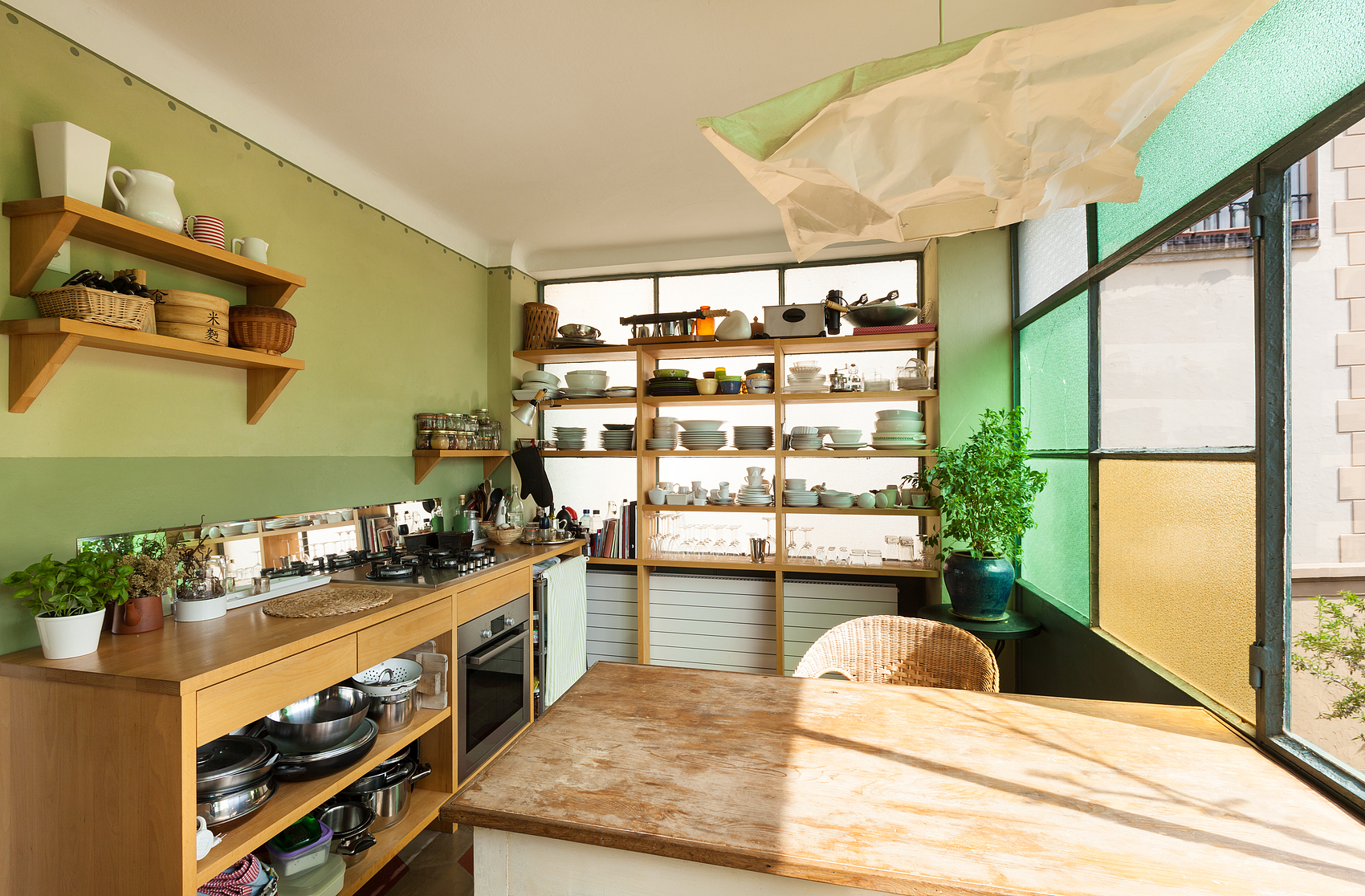The height of houses in the UK can vary based on several factors, but here’s a general idea of what you can expect for different types of homes.
How Tall is a House in the UK?
On average, a standard two-story house in the UK tends to be between 8 and 10 meters (26 to 33 feet) tall from the ground to the roof ridge. However, this is just an estimate, and actual heights can vary depending on factors like architectural style, local regulations, and design choices.
How Tall is a Two-Story House in the UK?
For a typical two-story house, the height is usually between 5.5 meters (18 feet) and 6.5 meters (21 feet) from the ground to the roof ridge. The floor-to-ceiling height for each story is typically around 2.4 meters (8 feet) to 2.7 meters (9 feet), but this can vary based on the house’s specific design and location.

How Tall is a Three-Story House in the UK?
A three-story house in the UK is usually between 8 meters (26 feet) and 9.5 meters (31 feet) tall, including the roof. As with two-story homes, each floor typically has a ceiling height of 2.4 to 2.7 meters. The overall height can change depending on the design, location, and local building regulations.
How Tall is a Bungalow?
Bungalows are single-story homes, so they are generally shorter than multi-story houses. Their height typically ranges from 8 to 12 feet (2.4 to 3.7 meters) from the ground to the roof ridge. This can vary depending on factors like roof pitch, ceiling height, and architectural style. Some bungalows might have dormer windows or sloped roofs, which could slightly increase their height.
What Influences the Height of a House?
Several factors play a role in determining the height of a house:
- Planning Regulations: Local planning rules set guidelines on building height, floor area, and plot coverage. These regulations ensure that new constructions fit well with the surrounding environment and meet community standards.
- Land Availability and Cost: In areas where land is scarce or expensive, houses may be built with smaller footprints or more stories to maximize space.
- Architectural Styles: Different architectural styles influence house designs. For example, traditional homes may have different ceiling heights and room layouts compared to modern designs.
- Demographics and Lifestyle Preferences: The size of a household, family needs, and lifestyle preferences can affect the design of a house, including the number of rooms and overall floor space.
- Economic Factors: Construction costs, land prices, and market demand can all influence the size and design of homes. In more prosperous areas, larger houses may be built, while in areas with tighter budgets, homes may be more compact.
- Environmental Considerations: With a focus on energy efficiency and sustainability, modern homes may be designed with smaller, more efficient floor plans to reduce energy consumption and minimize environmental impact.
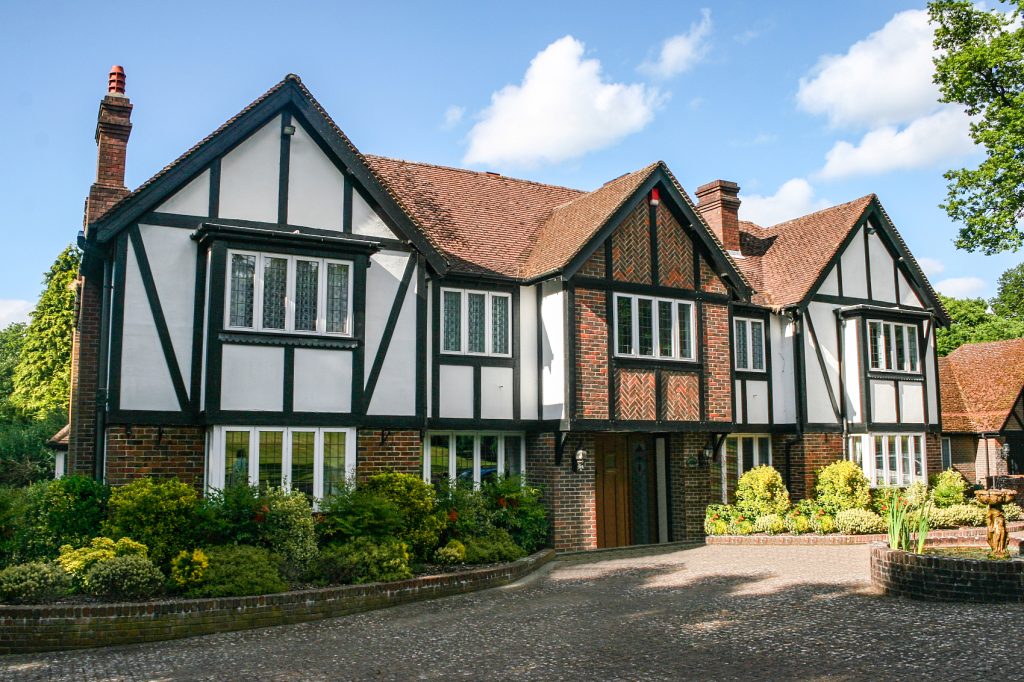
Regional Differences
House sizes can also vary by region within the UK. Different areas may have unique building traditions, cultural norms, and preferences for home size and design. Local climate and historical building practices often influence how homes are built, leading to diverse architectural styles across the country.
In short, the height and size of houses in the UK are influenced by a mix of factors, from local regulations to personal preferences, making it important to consider all these elements when designing or evaluating a home.




